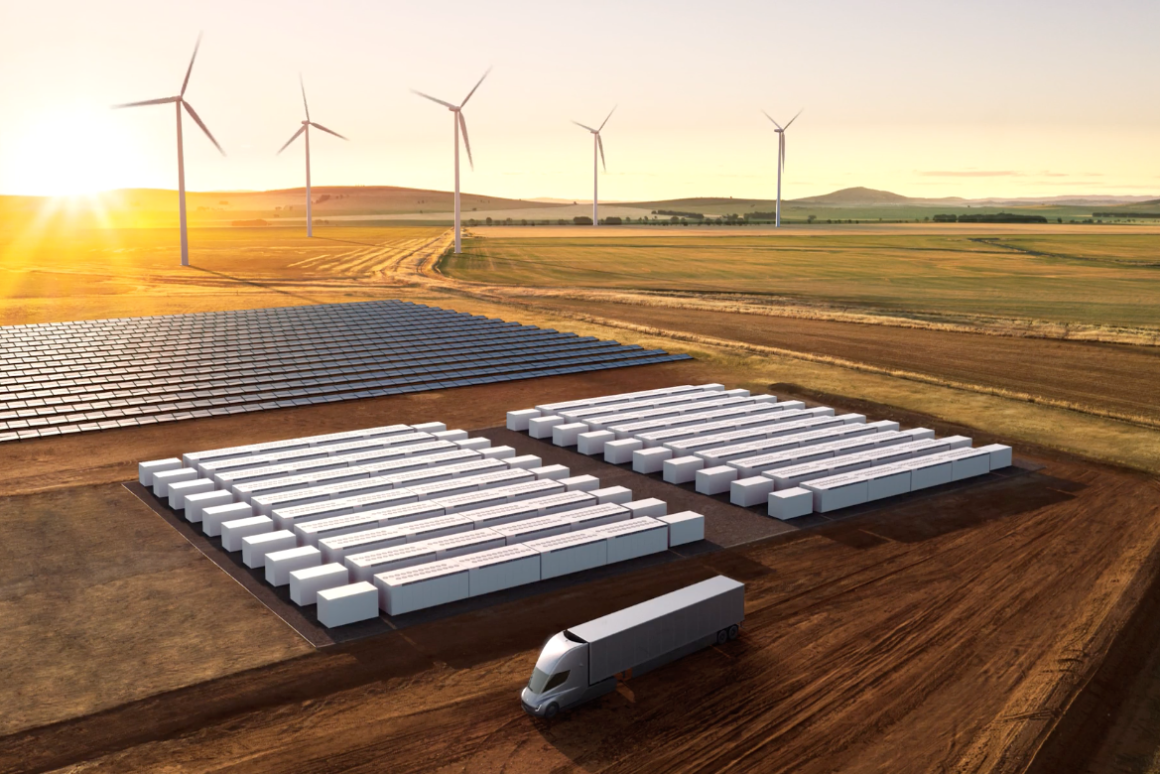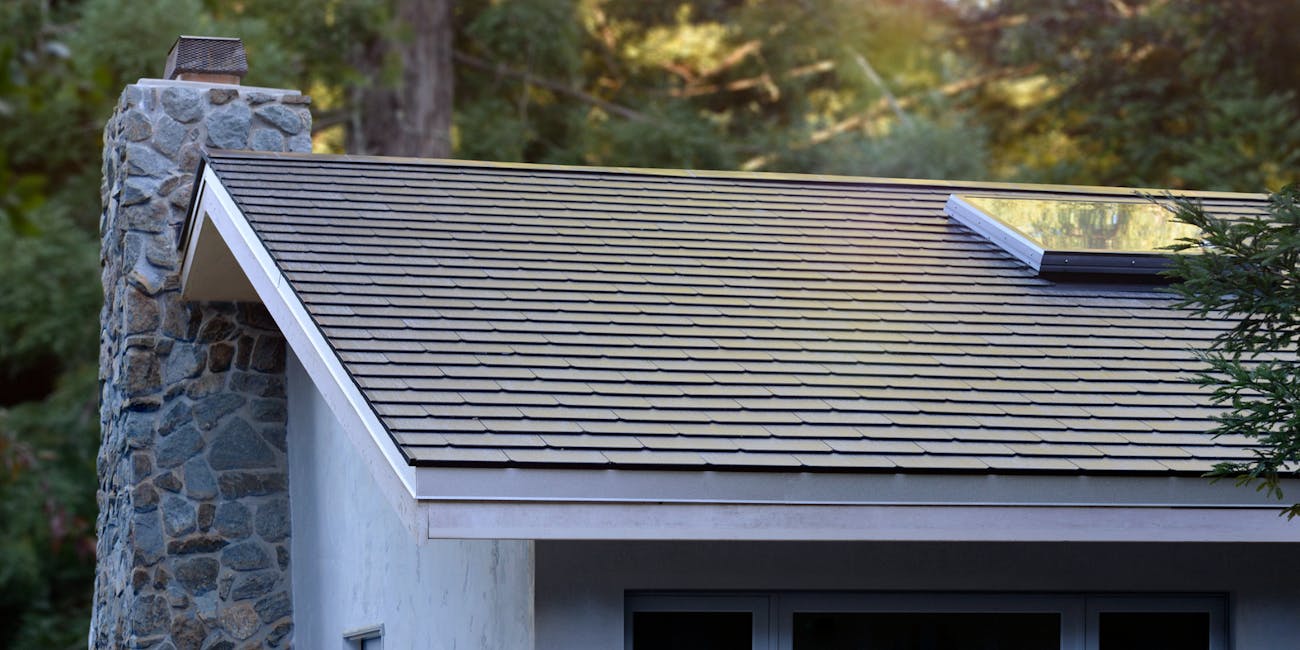Copying this post from a thread I posted on Twitter.
Reflex Research on Twitter
Key variables for Tesla’s 2020 earnings are: Maximum potential production, Demand and like for like production cost reduction.
What production capacity is Tesla building in 2020?
Tesla ended Q4 with an annualised production rate of 344k Fremont Model 3s (up 40% yoy) & 72k S&X. This is relative to Fremont Model 3 capacity of 350k & S&X 90k (likely constrained from 100k by cell supply) or a total 440k disclosed in the Q3 report.
The key question for 2020 is how much production capacity will be added with GF3 Model 3 & Y & Fremont Model Y.
Production capacity can be measured as: A) Current quarterly production, B) Current maximum burst rate per hour achieved, C) Max capacity on current equipment once ramped, D) Max capacity in current footprint with extra capex.
GF3
Phase 1 of GF3 is 150k annual Model 3s & has already run at this rate on an hourly basis.
Both the Shanghai government & Elon have said GF3 targets 500k capacity long term. I guess this is 250k Model 3 & 250k Model Y.
I guess each GF3 line is 150k initially & upgradeable to 250k in the same footprint with extra capex.
But how many can be produced at GF3 in 2020? This depends how quickly the 3 line is ramped to 3k/week & potentially on to 5k/week.
In my model I have ~100k produced in 2020.
MIC Model Y looks to be running around 1 year behind MIC 3, so there is unlikely to be meaningful production in 2020, but it could finish the year with 150k or 250k installed capacity.
Back to Fremont.
What is Model Y capacity & will it reduce 3/S/X capacity?
We know from internal plans leaked to Business Insider in late 2018 Tesla initially planned to produce 7k/week Model Y at GF1 by Dec-2020 & 5k/week Model Y at GF3 by Feb-21.
Leaked documents reveal Tesla had an aggressive production ramp for its Model Y — but the company says that its plans have changed
So Tesla designed the Model Y line for 7k capacity & likely ordered parts of the line at this stage, but did designs change when location moved from GF1 to Fremont?
I guess Tesla reduced the US Y capacity to ~5k/week while accelerating plans for EU GF4.
But alternatively it might only add 3k/week & take 3k of the 7k/week Model 3 - leaving 7k Y capacity & 4k 3. And maybe it is just adding the full 7k new capacity - leaving 7k 3 & 7k Y?
Will addition of Y capacity at Fremont reduce Model 3 from its 7k/week capacity?
On the Q3 call regarding Model Y Elon said: "Yeah, the body line is separate, the paint line is -- basically we do not expect it to interfere with Model 3.”
On the Q1 call, Elon said: “We are trying to decide whether Model Y vehicle production should be in California or Nevada.. But in the meantime, we have ordered all of the tooling and equipment required for Model Y. So, we don’t expect this in anyway to delay production of Model Y”
This suggests Y will not cannibalise Model 3 production & the lines will be separate & not flexible between 3/Y. But how much space is there really at Fremont?
I think many of the Model 3 sub-lines were designed for 5k per week - they were waiting on hitting the 5k level before signing off on more capex to duplicate parts of the production line. But instead the China trade war caused Tesla to accelerate GF3 - so Tesla spent limited capex pushing the Fremont line past 5k/week to 7k/week while building 3k new capacity in China. So there was likely still space in Fremont set aside for stage 2 of the Model 3 program & Tesla is also removing old storage & service space to make way for Y.
Some parts of the Model 3 line were built for the full 10k/week initial target (likely stamping & paint shop). Is there space to expand the stamp/paint shop etc capacity from 10k per week to 12k (7k 3, 5k Y) or 14k (7k 3, 7k Y)?
I don’t know, but I don't think Tesla would have decided to build Model 3 at Fremont over GF1 if there wasn't space to solve all production bottlenecks. I’m going with a base case that Tesla is building 7k/week Model 3 & 5k/week Model Y capacity at Fremont.
Installed capacity at the end of 2020:
So by the end of 2020, maximum production capacity potentially looks like:
Fremont: Model 3 360k, S/X 90k, Y 250k, Roadster 10k.
GF3: Model 3 150k. Model Y 250k.
GF1: Semi 25k.
Total: 1,135k.
But the reality could be anywhere from 900k to 1,500k.
Note this is not a 2020 production estimate or even a weekly run-rate for Dec-2020 - it is just how much can be built eventually per year on the equipment installed at this date.
This 1,135k capacity would require battery GWh capacity of ~65GWh in the US and ~28GWh in China.
In terms of actual annual production, I think Tesla could produce anywhere from 500k to 700k in 2020, potentially with Q4 production at ~190k.
Consensus is currently for ~450k deliveries in 2020.
I think Tesla could announce 2020 deliveries guidance of 550k-600k.
600k 2020 production would require ~39GWh of battery Cells at Fremont (vs ~35 GWh capacity at GF1 & ~8GWh S/X cell capacity in Japan) and ~7GWh of cell production in China.
By the end of 2021 I think Tesla is potentially aiming for production capacity of ~1.7 million cars (710k Fremont, 400k GF3, 250k GF4, 300k GF1(or GF5 US).
This could potentially correspond to 2021 production and deliveries of ~1.1 million.
Remember
@elonmusk told
@ARKInvest in early 2019 he expects Tesla to hit an annualised production rate of 1.5 million vehicles sometime in 2021 and 3 million in 2023. And on the Q3 call he said his long term target for Tesla is around 20 million per year.
Clearly all this requires a lot of work to grow demand from the ~450k annualised level of 4Q19 (though it could be higher as we do not know the change in net order book).
Key levers to increase demand are:
- Growth of the customer car fleet which drives word of mouth marketing as ~99% of surveyed Model 3 customers would recommend to friends & family.
- Expansion of the Service centre & Supercharger network.
- Launch in new regions & countries.
- Scaling back up the customer referral program.
- Lower pricing (both due to production cost savings and localised production savings tariffs & delivery costs)
- Free media & social media marketing from launch events, Autopilot features, tweets etc.
- Advertising if necessary to increase awareness of the advantages of EVs & cost of ownership savings.
- More supportive government EV policy.




